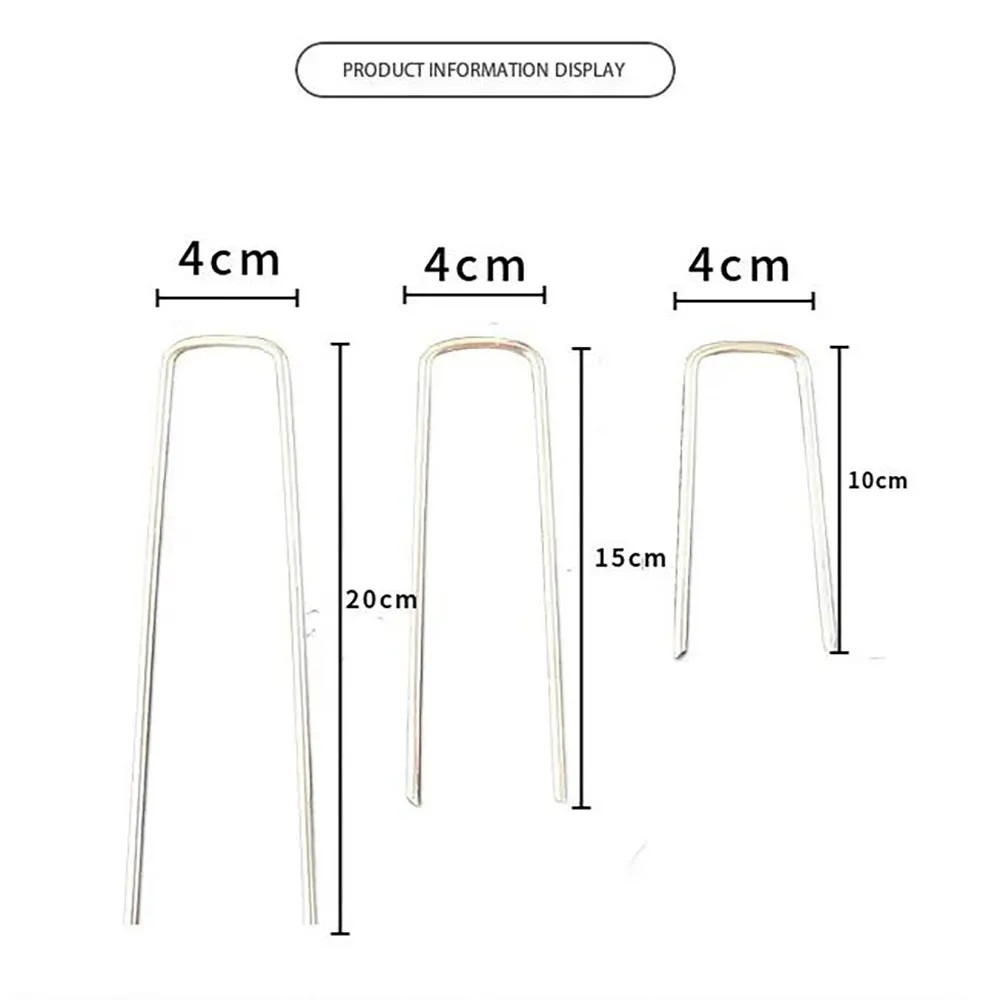Welding Techniques for Durable Cattle Panel Construction and Maintenance
Welding Cattle Panels A Practical Guide
Welding cattle panels is an essential task for farmers and ranchers looking to create secure and durable enclosures for livestock. These panels are crucial for maintaining the safety and well-being of cattle, providing not just security but also facilitating better herd management. This article will explore the importance of cattle panels, the benefits of welding, and a step-by-step guide on how to effectively weld these panels.
Understanding Cattle Panels
Cattle panels, also known as livestock panels or hog panels, are typically made from heavy-duty steel wire that is welded into a grid structure. The size, spacing, and height of the panels vary depending on their intended use. Common attributes include their durability and resistance to bending, which are vital for withstanding the physical strains of livestock movement. When properly installed, these panels can keep cattle secure while allowing air circulation, visibility, and ease of feeding.
The Benefits of Welding
Welding cattle panels offers several advantages over other types of fencing methods. First and foremost, welded panels provide enhanced strength and stability. The welding process creates a continuous bond that is less susceptible to wear and tear over time compared to bolted or tied solutions. Furthermore, welded panels can withstand harsh weather conditions and rough handling by cattle, significantly extending their lifespan.
Secondly, welding allows for customization. Farmers can create panels that suit their specific needs, whether for temporary pens or permanent enclosures. This flexibility is essential for adapting to variations in herd size and pasture management practices. Additionally, properly welded panels can reduce the need for frequent repairs, lowering long-term maintenance costs.
Tools and Materials Needed
To begin welding cattle panels, you'll need a few essential tools and materials
1. Welding Equipment A MIG or stick welder is typically used for this type of project. Ensure you have the appropriate size and power for welding heavy steel. 2. Safety Gear Protect yourself by wearing a welding helmet, gloves, long sleeves, and steel-toed boots. Safety is of utmost importance when working with high-temperature equipment. 3. Cattle Panels Purchase high-quality panels, preferably those made from galvanized steel to prevent rust and corrosion. 4. Additional Steel Components Depending on your design, you may need additional pieces like gates, posts, or braces. 5. Measuring Tools A tape measure, level, and square will help ensure every panel is correctly aligned.
welding cattle panels

Step-by-Step Welding Process
1. Plan Your Design Before starting, sketch out the enclosure, noting the size and layout. Determine where the gates and corners will be, and plan for any slope or terrain adjustments.
2. Prepare the Site Clear the area where the panels will be installed. Remove any debris, rocks, or vegetation that might interfere with setting up your panels.
3. Measure and Cut Panels Use a tape measure to ensure you have the right lengths. If custom lengths are needed, carefully cut the panels with a metal saw.
4. Set Up the Panels Position the panels in their designated spots. Use clamps or brackets to hold them temporarily in place while you prepare to weld.
5. Weld the Joints Start welding at the joints where the panels intersect. Ensure that your welds are even and continuous to maximize strength. Allow the metal to cool before moving on to the next section.
6. Finish and Inspect Once all welds are complete, inspect the entire structure for any weak points or unsealed joints. Touch up as needed and clean any excess slag from the welds.
7. Install Additional Components If you’re adding gates or additional supports, proceed to do so, ensuring everything is securely bonded.
Conclusion
Welding cattle panels is a valuable skill that can significantly enhance the efficiency and safety of any livestock operation. Through careful planning, the right tools, and proper welding techniques, farmers can create robust and reliable enclosures that protect their animals while maintaining easy access for management. Investing the time and effort into learning how to weld will pay off in durability and peace of mind, keeping both cattle and ranchers safe.
-
Space-Saving Chain Fence Hacks Vertical Gardening with Cyclone MeshNewsJul.16,2025
-
Innovations in Iron Nail Wire Production for Modern ConstructionNewsJul.16,2025
-
Creative Uses of Wire Netting Fence in Modern Landscape DesignNewsJul.16,2025
-
Barbed Wire Fence Innovations in Anti-Climb TechnologyNewsJul.16,2025
-
Architectural Uses of Umbrella Nails for Aesthetic Roof DesignsNewsJul.16,2025
-
Architectural Uses of Razor Barbed Wire in Secure Urban DesignNewsJul.16,2025




